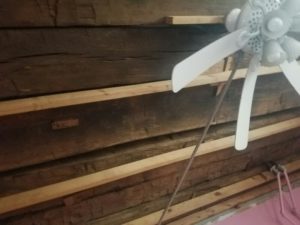After the past few weeks at Salem Museum, I can still say that I am happy with the experience thus far. As for the staff and my interactions with them individually I can say that I have gotten to know them very well, as well as learned new knowledge from them.
 One of the most recent task that I have been given is correcting the present exhibits that are in the museum. These corrections and edits consist of checking for spelling, as well as possibly lowering a picture or raising it in order to insure that those who come through the museum can take the exhibits in throughly.
One of the most recent task that I have been given is correcting the present exhibits that are in the museum. These corrections and edits consist of checking for spelling, as well as possibly lowering a picture or raising it in order to insure that those who come through the museum can take the exhibits in throughly.
Another task that I have been practicing is the continuation of accessioning new items into the museums archives. One piece of knowledge that I have gained from this task is to always be sure what the item is that I am accessioning. That meaning that even if it takes longer to put the item into the museums system, it is better to be sure of the exact history of the items.









